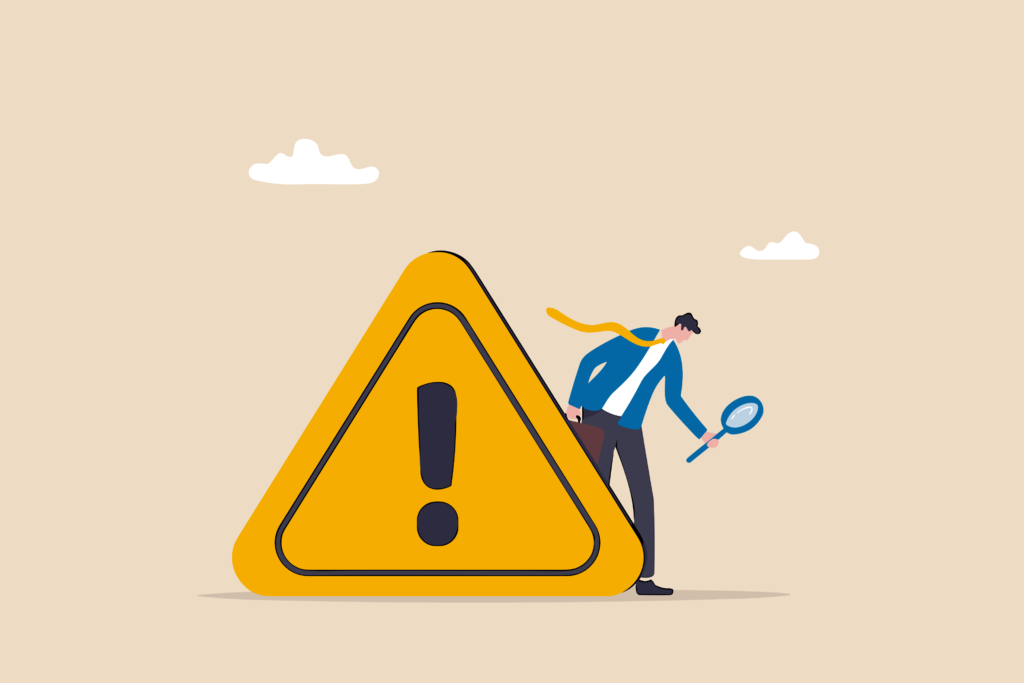
Safety Risk Assessment and Evaluation Methods
Research on safety risk assessment methods, hazard identification techniques, risk analysis approaches, risk evaluation criteria, and effective risk control measures.
Abstract:
This article aims to provide an overview of safety risk assessment and evaluation methods. It will discuss the importance of conducting safety risk assessments, the steps involved in the process, and various evaluation techniques used to assess safety risks. The article will also highlight the significance of implementing effective risk management strategies to mitigate potential hazards and ensure a safe working environment.
Introduction:
Safety risk assessment plays a crucial role in identifying and evaluating potential hazards in various industries. It involves a systematic approach to identify, analyze, and prioritize risks, enabling organizations to implement appropriate control measures. This article will delve into the key aspects of safety risk assessment and provide insights into the evaluation methods employed.
- Hazard Identification:
The first step in safety risk assessment is identifying potential hazards. This involves conducting thorough inspections, reviewing incident reports, and analyzing historical data. By identifying hazards, organizations can proactively address potential risks and prevent accidents.
- Risk Analysis:
Once hazards are identified, a comprehensive risk analysis is conducted. This step involves assessing the likelihood and severity of each identified hazard. Various techniques such as qualitative and quantitative risk analysis can be employed to determine the level of risk associated with each hazard.
- Risk Evaluation:
After analyzing the risks, the next step is to evaluate their significance. This involves comparing the assessed risks against predefined criteria or standards. By evaluating risks, organizations can prioritize their mitigation efforts and allocate resources accordingly.
- Risk Control Measures:
Based on the evaluation results, appropriate risk control measures are implemented. These measures can include engineering controls, administrative controls, and personal protective equipment (PPE). The effectiveness of these control measures should be regularly monitored and reviewed.
- Risk Communication:
Effective communication is vital throughout the risk assessment process. Stakeholders, including employees, management, and regulatory bodies, should be informed about identified risks, control measures, and any necessary precautions. Clear and concise communication ensures that everyone is aware of the potential risks and understands their roles in maintaining a safe environment.
Conclusion:
Safety risk assessment is a critical component of ensuring a safe working environment. By following a systematic approach and employing various evaluation methods, organizations can identify and mitigate potential hazards effectively. Implementing appropriate risk control measures and maintaining open communication channels are essential for maintaining a safe and secure workplace.

